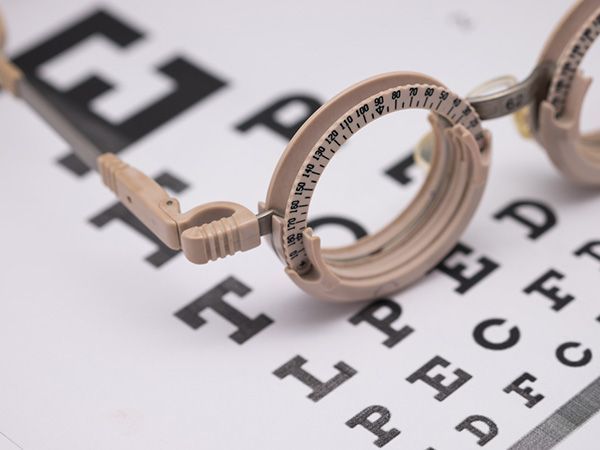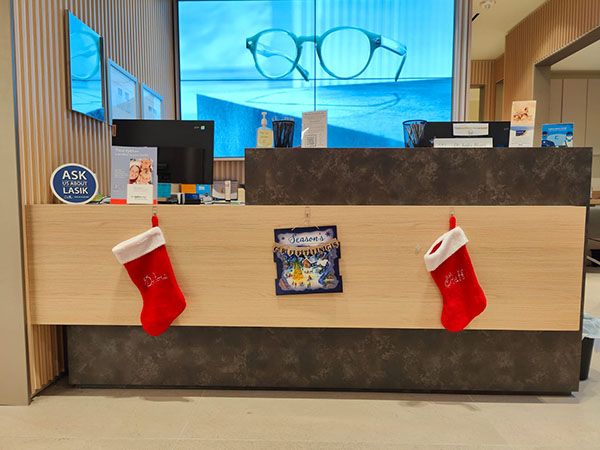Femtosecond-assisted LASIK, also known as Femto LASIK, is a bladeless visual rehabilitation procedure that uses two different lasers to create a flap and change the contour of the eye to improve uncorrected vision and reduce and often eliminate the need for glasses or contact lenses. A femtosecond is one quadrillionth of a second, which is approximately the duration of each laser application during Femto eye surgery procedures. Good candidates for Femto laser procedures are adults with relatively stable vision, good health, and no issues preventing wounds from healing properly. Potential patients who have previously undergone refractive eye surgeries or who have very thin corneas may not be the best candidates for this type of vision correction surgery. The experts at OCLI will perform tests to determine your candidacy. Femto LASIK can be used to treat nearsightedness, farsightedness, astigmatism, and some forms of presbyopia. Your surgeon will explain your options and the procedure to you in more detail if you are a good candidate for this treatment.
The Femto LASIK procedure is relatively quick and painless. You will enter the procedure room and will recline in a special chair, which will position you precisely for your procedure. Eye drops will be used to numb your eyes, which will be held open throughout the procedure with an eye speculum. Your surgeon will use a suction ring to position your eye for the laser. After the flap has been created your surgeon will employ an excimer laser to reshape your cornea and reposition your flap, and then the process is complete. You may experience some mild discomfort after your Femto eye procedure. Your surgeon will provide you with an eye shield to wear for 3-4 days after your Femto laser procedure. You will return to the office to remove the eye shield and to make sure that your eye is healing properly after your surgery.
Because of its high success rate and minimal patient recovery time, bladeless LASIK is recognized as one of the most effective corrective eye procedures available. NASA and the United States Navy both endorse bladeless LASIK as the preferred method of vision correction.
Realistic Expectations and Possible Side Effects
The decision to have LASIK is an important one that only you can make. It is important that you have realistic expectations and that your decision is based on facts.
Although we cannot guarantee a certain level of vision, we leave nothing to chance to achieve your best personal vision. Achieving visual independence in the safest manner is our goal.
Although complications are rare, any surgical procedure does carry some risk. Please make sure your questions and concerns are answered before your procedure. Let us know if you have a history of eye problems such as dry eyes, poor vision, or anything that might affect your LASIK surgery.
Potential side effects:






